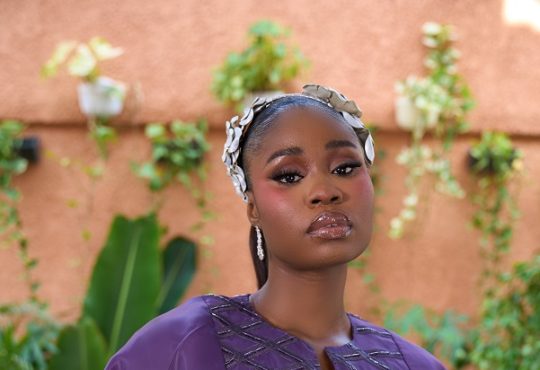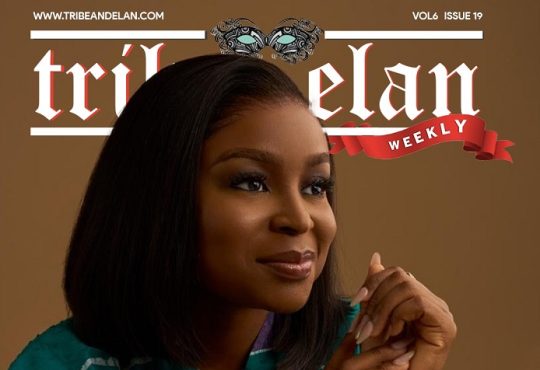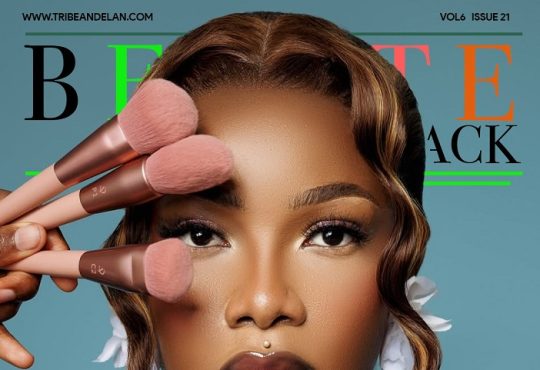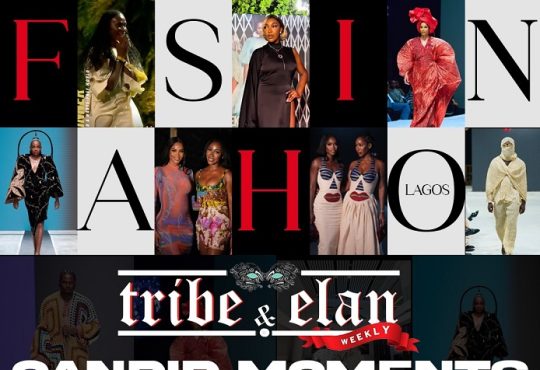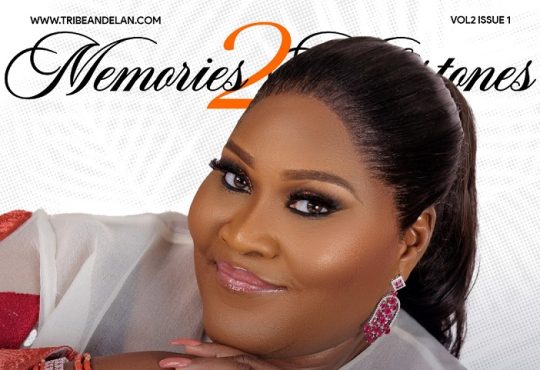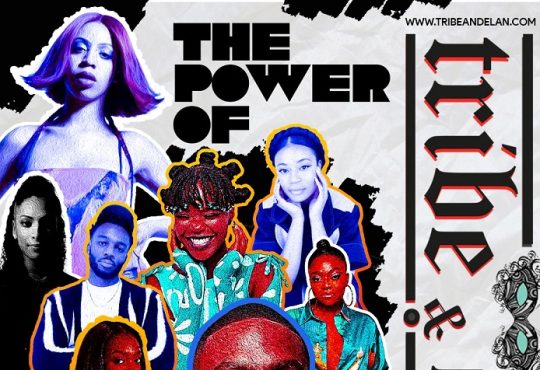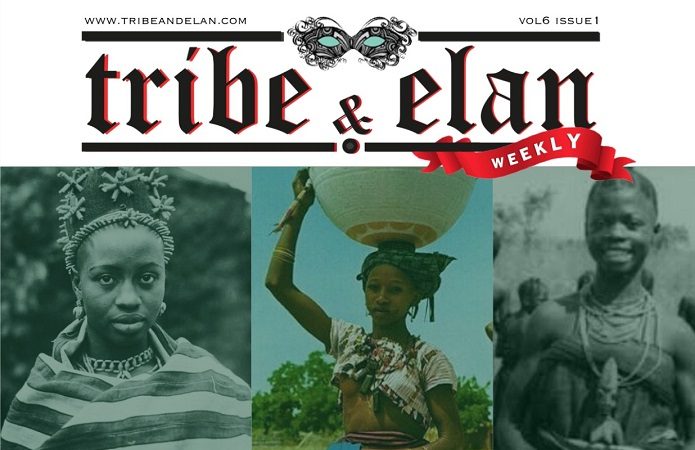
Nigeria, the giant of Africa, is not only celebrated for its diverse cultures, rich history, and resilient spirit, but it also stands out as a trendsetter in the world of fashion (especially in Africa ). As Nigeria commemorates its 63rd Independence Day, it’s the perfect time to reflect on the remarkable journey of the country’s fashion evolution – a journey that seamlessly blends tradition with trendsetting.
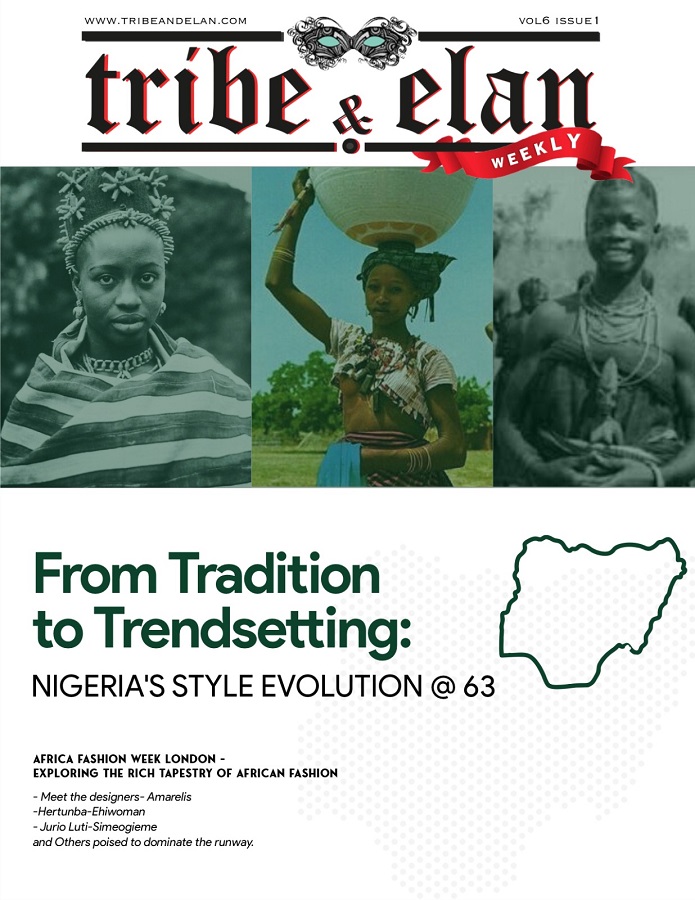
The Yoruba, Igbo, Hausa, and countless other ethnic communities have nurtured their unique sartorial identities, celebrating life’s milestones with beautifully crafted garments. Traditional Nigerian fabrics such as aso-oke, adire, and akwete , to name a few, have been the canvas for intricate patterns, vibrant colors, and storytelling motifs. These fabrics not only clothe the body but also convey narratives of heritage, identity, and spirituality. The gele, an elaborate headwrap, is a crowning glory in Nigerian fashion, symbolizing grace and elegance.
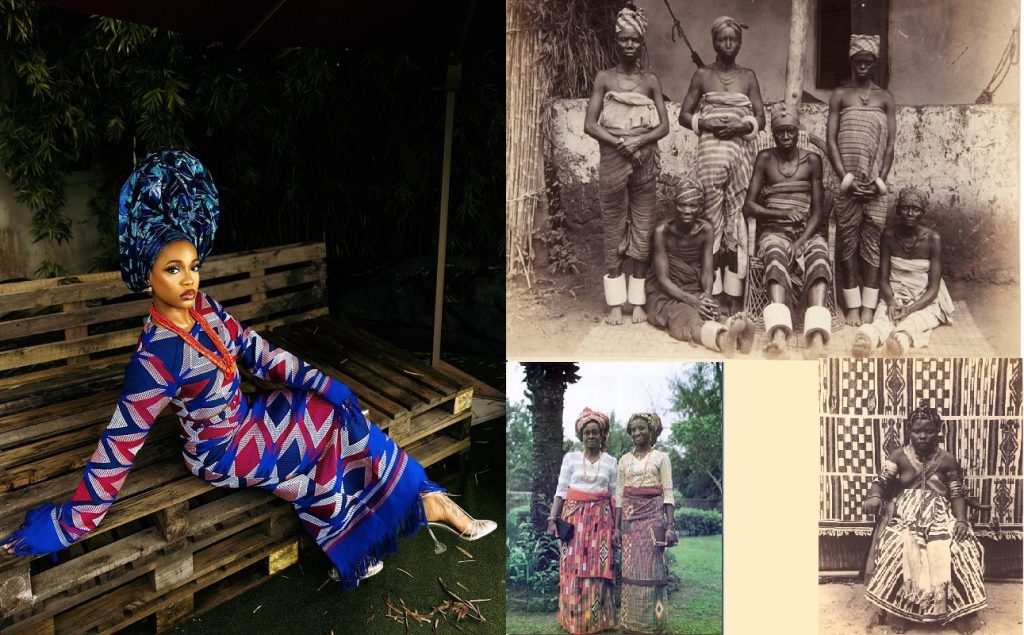
The colonial era ushered in Western clothing styles to Nigeria, transforming the fashion landscape. British colonial rule introduced tailored suits, dresses, and formal wear, which became associated with modernity and prestige. Western attire began to replace traditional clothing for everyday wear, but the latter retained its significance for special occasions and cultural celebrations. In the latter half of the 20th century, there was a resurgence of interest in Nigeria’s traditional fashion. People yearned to reconnect with their cultural roots, sparking a revival of traditional fabrics and designs. Aso-oke, adire, and gele experienced a renaissance, not only within Nigeria but also on the global fashion stage.
Nigerian fashion has transcended borders, making its mark on the international stage. The world has taken notice of Nigeria’s vibrant and dynamic fashion scene, with Nigerian designers and models gracing runways in Paris, New York, and Milan.
Designers like Babayo , Vanskere and Emmy Kasbit have gained global acclaim for their innovative designs that marry traditional fabrics and craftsmanship with contemporary aesthetics. These designers have demonstrated that Nigerian fashion is not confined to the past; it’s a vibrant, evolving art form.
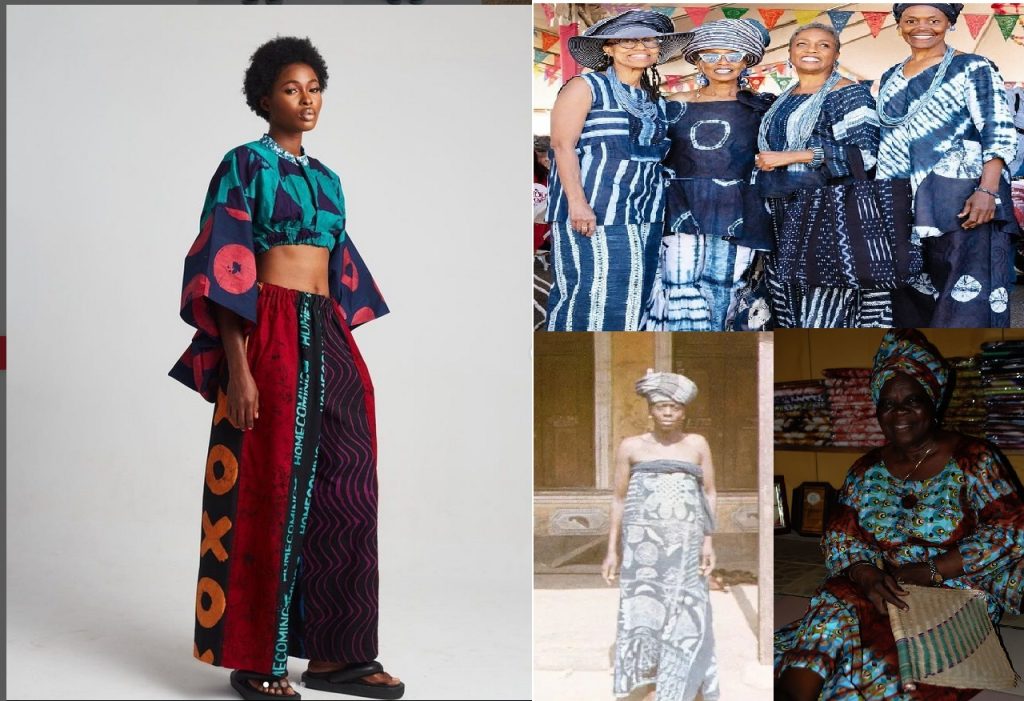
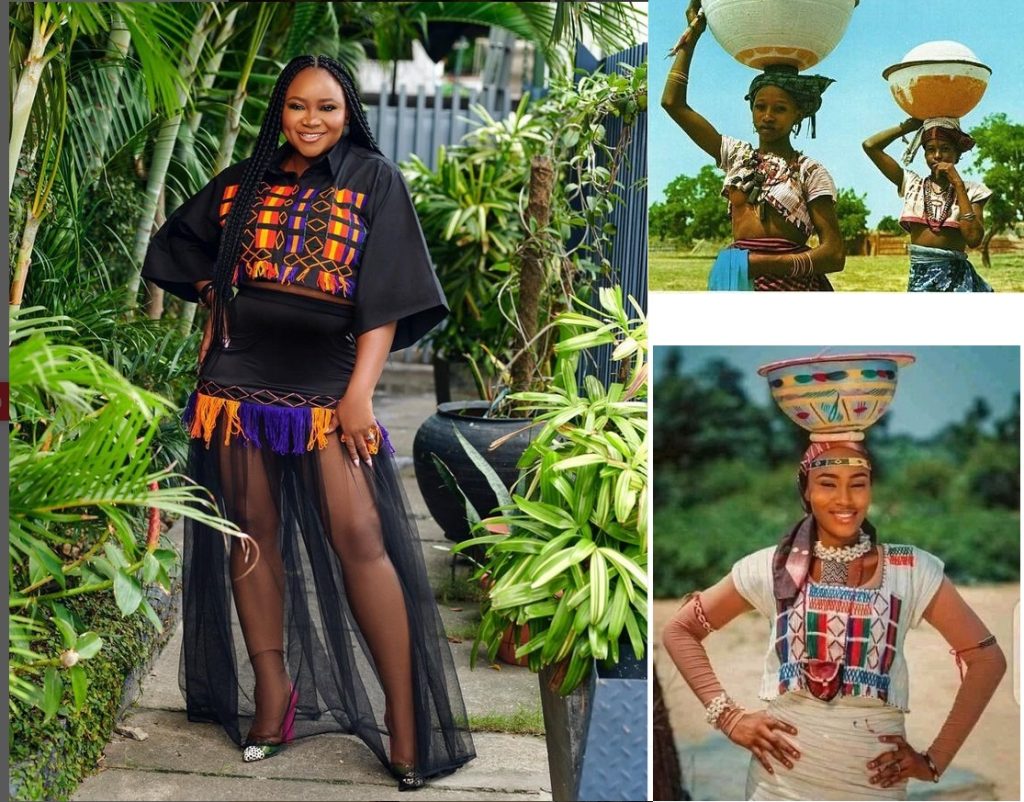
As Nigeria celebrates its 63rd Independence Day, it proudly stands as a fashion powerhouse that has successfully blended tradition with trendsetting. Nigerian fashion has evolved into a symbol of identity, pride, and cultural exchange. The global fashion industry increasingly looks to Nigeria for inspiration, celebrating the bold colors, intricate patterns, and creative energy that define Nigerian style. With each passing year, Nigeria’s fashion journey continues, offering a glimpse into the dynamic and ever-evolving world of African fashion.
So, here’s to Nigeria at 63, a nation that has not only found its voice but also its unique sense of style—a style that speaks of tradition, embraces modernity, and sets trends for the world to follow.
Happy Independence Day, Nigeria! Your fashion evolution is a testament to your spirit of resilience, creativity, and celebration of culture.


